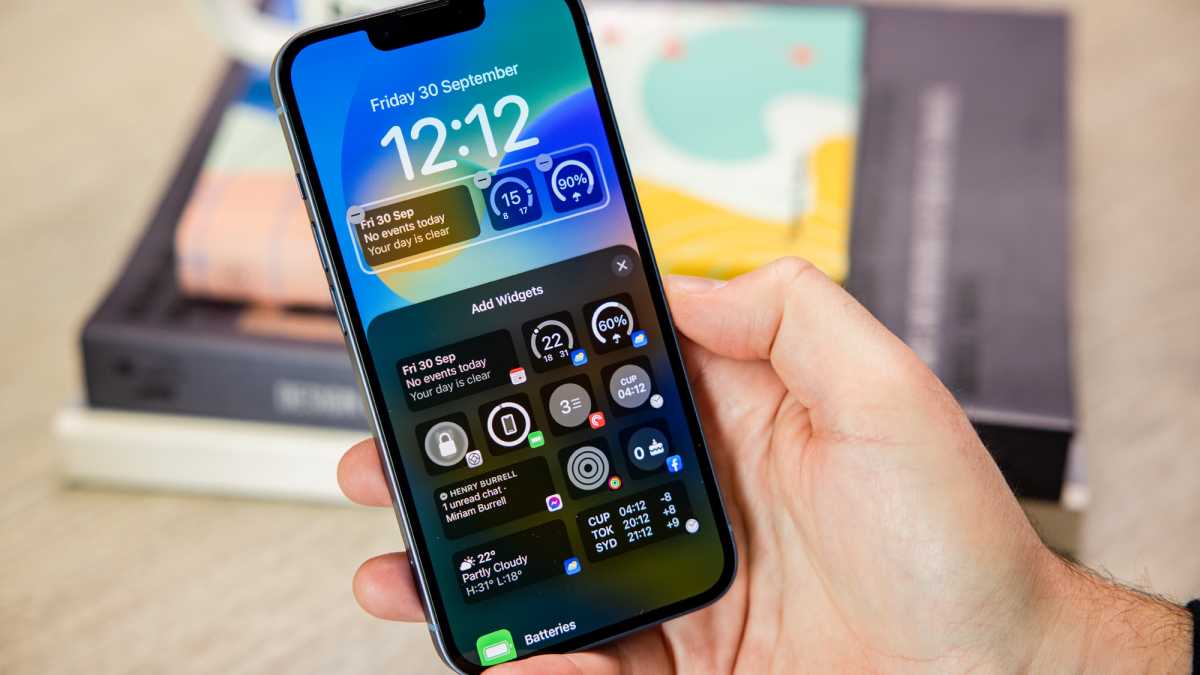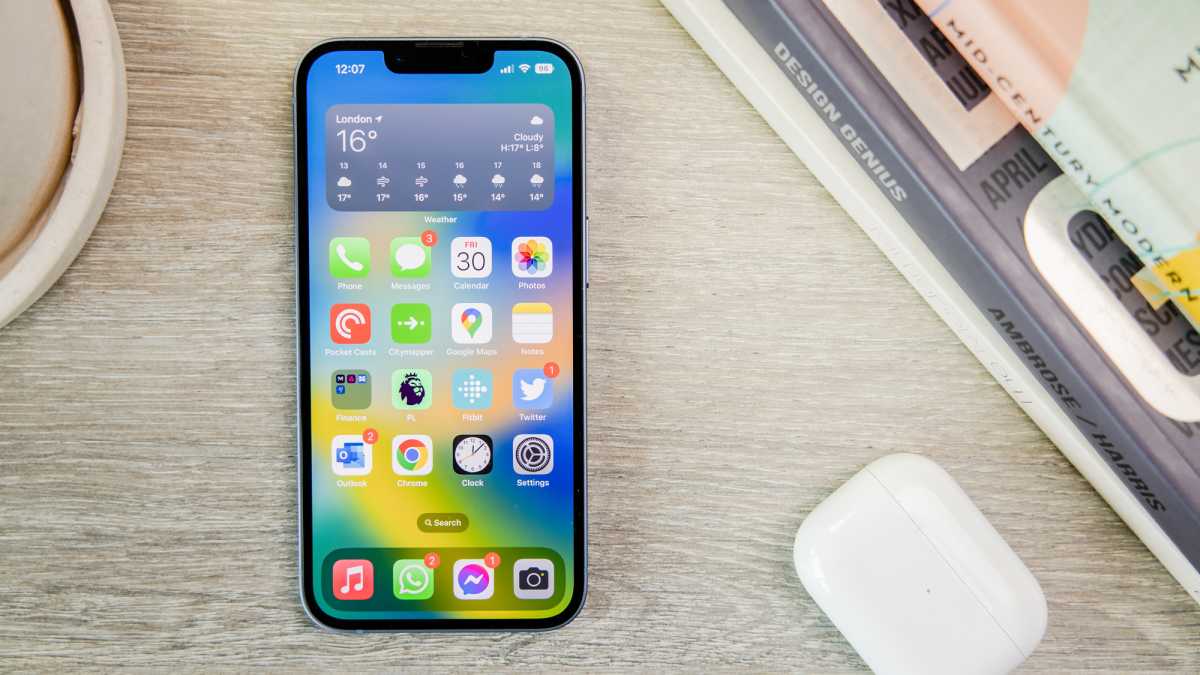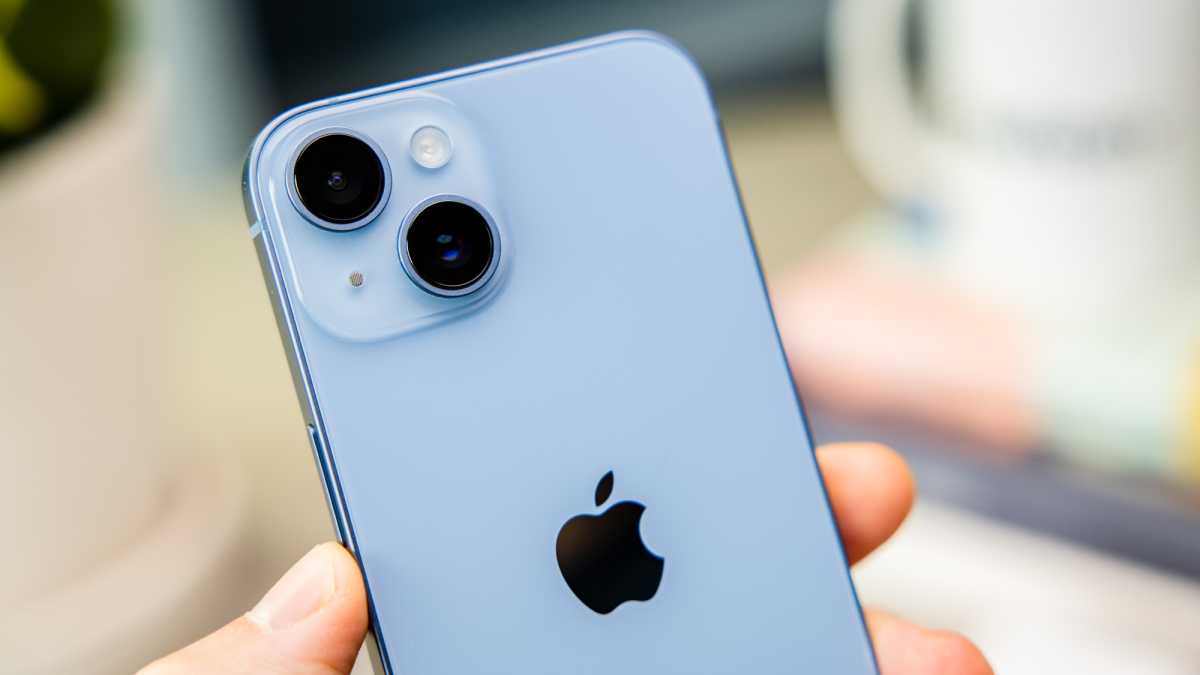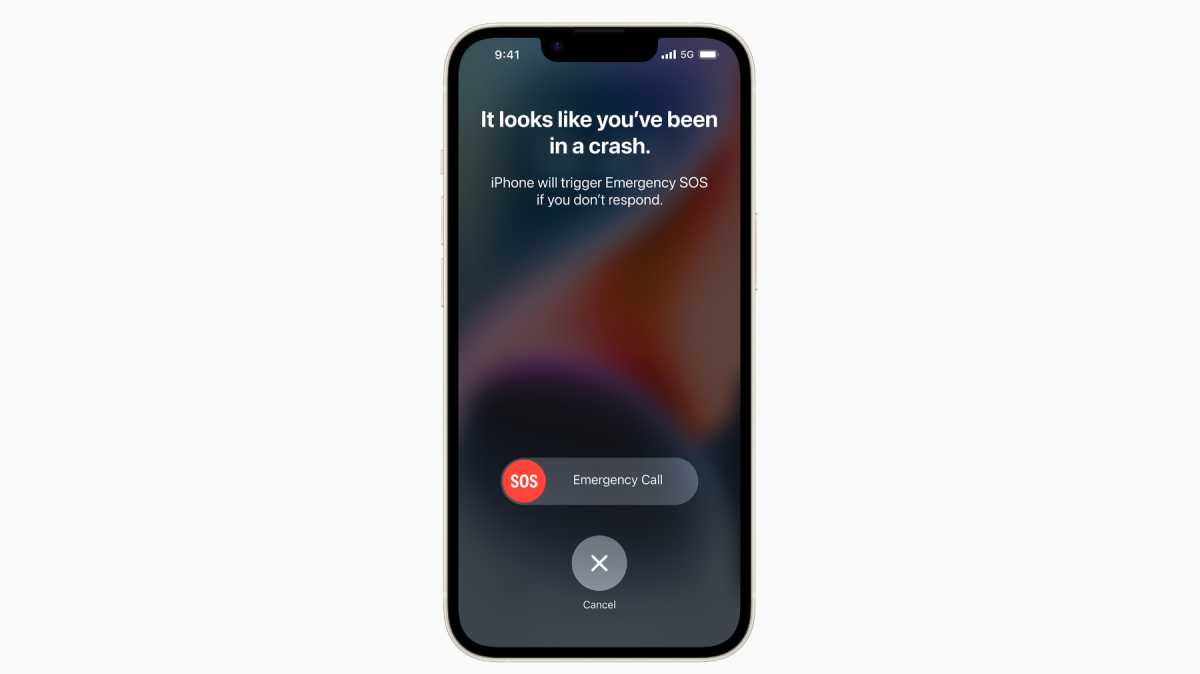Our Verdict
Both are solid iPhones with excellent build quality and design and great cameras, but the iPhone 14 edges the contest with its more powerful processor, longer battery life and upgraded camera modes. If the iPhone 12 came with 128GB as the baseline we’d recommend that, but as it doesn’t, the 14 seems the better overall deal.
Best Prices Today: iPhone 14

$799.99
The iPhone 14 is now the benchmark for a standard iPhone, holding back on the extra camera and many additional units of currency required to get up to the Pro level. We often call it the best iPhone for normal people, as it strikes a healthy balance between performance, features and cost. But Apple has kept the iPhone 12 in its current catalogue, giving consumers a choice to buy the standard bearer from two years ago if they want to save more money. Would that be a wise choice, or should you go with the new model? Here’s our comparison of the iPhone 14 and iPhone 12.
How the designs compare
Apple gave the iPhone a facelift when it launched the 12 series. Out went the rounded design of the iPhone X, XS, XR and 11, replaced with squarer edges that harked back to the golden age of the iPhone 5 and first SE. This aesthetic has held steady through the iPhone 13 and now also appears on the iPhone 14.
Take a look at these dimensions to see how similar they are to each other:
- iPhone 14: 146.7mm x 71.5mm x 7.80mm; 172g
- iPhone 12: 146.7mm x 71.5mm x 7.4mm; 162g
As you can see, they’re practically identical, except that the iPhone 12 is a little slimmer and lighter.

Dominik Tomaszewski / Foundry
At first glance you won’t really notice a difference, at least from the front. Both sport a 6.1-inch display, replete with the notch, an aerospace-grade aluminum chassis, Lightning port, glass back, and a twin rear camera array.
The latter is one way to tell the models apart, as the iPhone 12 has the two lenses positioned in a vertical line, while the iPhone 14 lenses are positioned diagonally. There are also different color schemes available, with the 12 sporting exclusive shades of blue and purple, while you can find other shades of blue, purple or green on the 14, alongside the traditional black, white and (PRODUCT) Red liveries.
Both devices are certified with an IP68 rating, so they’ll fare equally well if dropped in the bath, plus there’s 5G support available for faster mobile network speeds.
Are the displays any different?
At first glance the displays on the iPhone 12 and the iPhone 14 seem identical. Both feature a 6.1-inch Super Retina XDR OLED panel, protected by the Ceramic Shield material that Apple claims is the toughest glass on any smartphone. You’ll also find 2532×1170 (460ppi) resolutions, 2,000,000:1 contrast ratios, True Tone, Wide Color Display (P3) and a peak HDR brightness of 1,200 nits.
But there’s one important difference: The iPhone 14 has a maximum (typical) brightness of 800 nits whereas the iPhone 12 only goes to 625 nits. This may sound overly technical, so boiling it down we get the simple fact that in everyday use, the iPhone 14 is a quite a bit brighter than the iPhone 12.

Dominik Tomaszewski / Foundry
Of course, the iPhone 14 also comes in a larger variant, the iPhone 14 Plus, so if you want an even bigger display, then the 6.7-inch OLED panel on that model is one to consider.
How do the cameras compare?
iPhones are renowned for their cameras and Apple usually adds a feature or two each year to improve this area of the device. On paper the two share quite a few specs, but the iPhone 14 definitely has the edge when it comes to optics.
The iPhone 12 has a decent array of talent in the photo and video department, thanks to its dual 12MP rear cameras comprised of f/1.6 (Main) and f/2.4 (Ultra Wide) lenses. These feature Optical Image Stabilization to get rid of any shakes, join together to offer a 2x optical zoom, and can shoot some lovely photos that are made even better thanks to the Smart HDR 3 capabilities alongside Night and Portrait modes. Video goes up to 4K/60fps or HDR video which tops out at 4K/30fps. All in all, a very usable set of skills for the budding iPhoneographer.

Dominik Tomaszewski / Foundry
These are trumped, though, by upgrades in the iPhone 14 which include a faster f/1.5 main lens, sensor-shift stabilization for even smoother images and video, plus the new Photonic Engine to generally improve details and color balance, particularly in Night mode.
Apple also adds Smart HDR 4 for photos and Cinematic mode for video that allows you to have a movie-style shallow depth of field when focusing. There’s also the new Action mode which can keep video steady even when you’re moving at pace.
There’s also an upgrade to the front camera, with the iPhone 14 coming with a faster f/1.9 12MP TrueDepth camera (besting the f/2.2 one in the 12), plus the same improvements to Smart HDR, Cinematic modes, HDR video recording and the inclusion of the Photonic Engine.
The iPhone 12 is a great device for taking photos and videos, but the iPhone 14 is simply a bit better.
How about processors and storage?
Although the devices are two years apart, the processor generation is only one. In the iPhone 12 you’ll find the A14 Bionic, while the iPhone 14 comes with an A15 Bionic. There is a caveat here, though, in that the chip in the 14 is the tweaked one that first appeared in the iPhone 13 Pro models and features an extra GPU core. Both are pretty damn fast, so unless you’re a hardcore gamer, you probably won’t notice too much difference.
Storage does mark a change in approach. The baseline iPhone 12 features a miserly 64GB while the entry-point iPhone 14 doubles that to 128GB. The former isn’t a great choice in the modern world where that 4K video capability could have you filling up the space in no time at all (presuming you shoot lots of video). You can upgrade to higher capacities of course, but at a price.
Here’s the configurations on offer:
- iPhone 14: 128GB, 256GB or 512GB
- iPhone 12: 64GB, 128GB or 256GB
Any special features?
There are two things here you should know about. Apple states that the iPhone 14 boasts around three hours more battery life than the iPhone 12, which is significant. The newer model also has the new Crash Detection feature which can detect severe car accidents and automatically contact the emergency services if you’re unresponsive. One keeps your phone going longer, while the second may do the same for you.

Apple
What about the price?
One of the main reasons to consider the older model is price. With that in mind, here’s how the two models compare:
iPhone 14:
- 128GB: $799/£849/€1,019
- 256GB: $899/£959/€1,149
- 512GB: $1,099/£1,179/€1,409
iPhone 12:
- 64GB: $599/£649/€809
- 128GB: $649/£699/€859
- 256GB: $749/£809/€979
Verdict
The iPhone 12 is still a solid device, even two years after it was first released. The camera system is capable of capturing great photos and videos, while the A14 Bionic chip means that you shouldn’t be lacking performance or software upgrades for a few years to come. The price difference isn’t quite a big as we think it should be, however, mainly hampered by the stingy 64GB Apple continues to offer. With that in mind, the extra money that takes you up to an iPhone 14 seems like the wiser choice. For that you get improved cameras, cinematic mode, the new Photonic Engine, plus the extra battery life and brighter display which just make it seem like a device that will age better over time.




